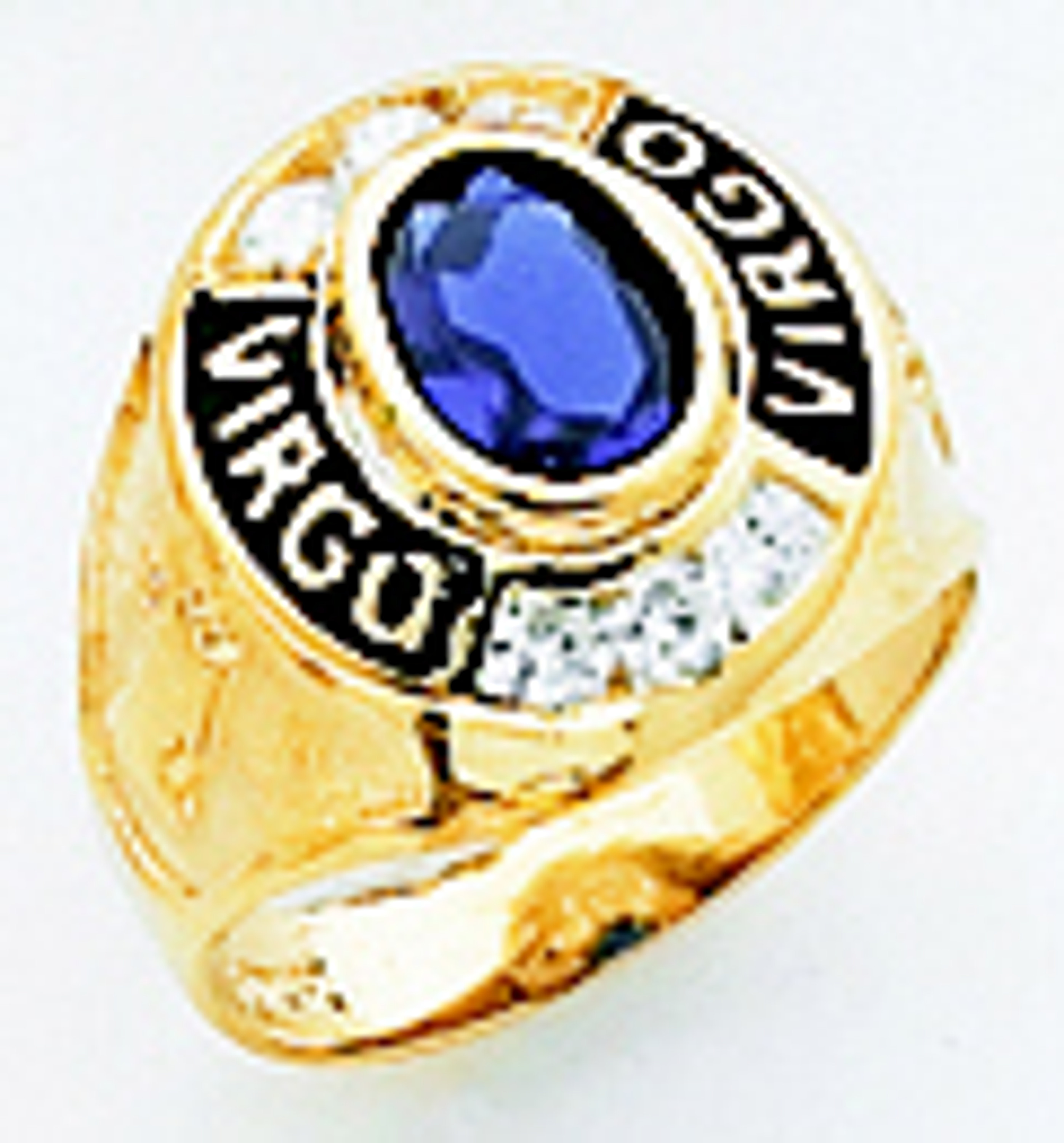September Birthstone
Dec 13th 2018
Blue Sapphire – the name alone conjures images of luxurious richness. From the engagement ring of Princess Diana to the jewelry of priests and kings, blue sapphire has long been considered as second only to diamonds as the gemstone of choice.
Calling it a blue sapphire is actually repetitive as sapphire, or sapphirus, means blue in Greek. Then again, they may just have wanted to make sure the blue was emphasized in so radiant a stone.
It is a variety of the corundum mineral, which actually is found with all colors of the rainbow. Red is ruby and sapphire is designated for all the other hues. Sapphire were first mined in the 7th Century BC in India and Sri Lanka. The largest of the star sapphires, cut to reflect more light that results in a star pattern, is the Star of India. The 563-carat rock can be found in the American Museum of Natural History.
In many birthstone lists, sapphire is more often connected to April. But in the modern birthstone list, which began in the late 1800s and reflects Polish tradition, September is awarded sapphire with the wish that it would make a maiden healthier.
In ancient times, sapphire was considered medicinal when ground to a powder and ingested.
Blue sapphire is most often found in rings, but you also can buy your September-born sweetheart or another love in your life a pendant made of sapphire.
Sarraf Jewelry has a wide assortment of sapphire jewelry from which to choose, all of the highest quality.


